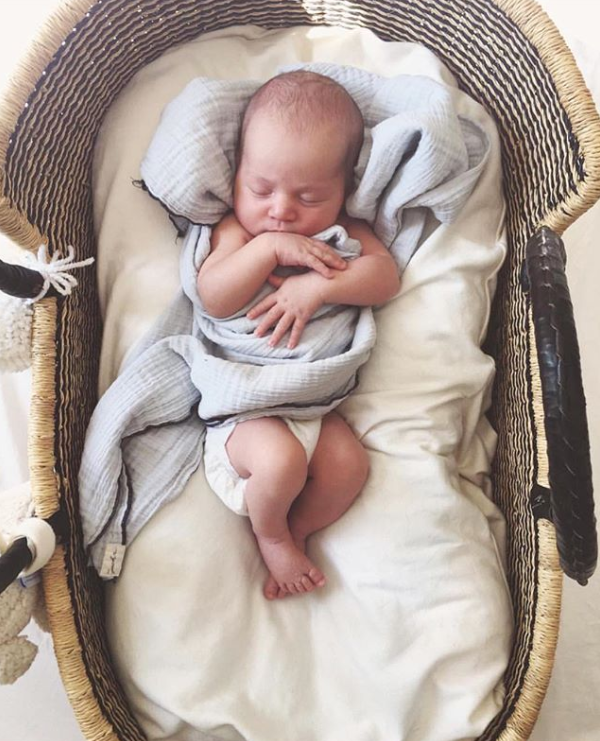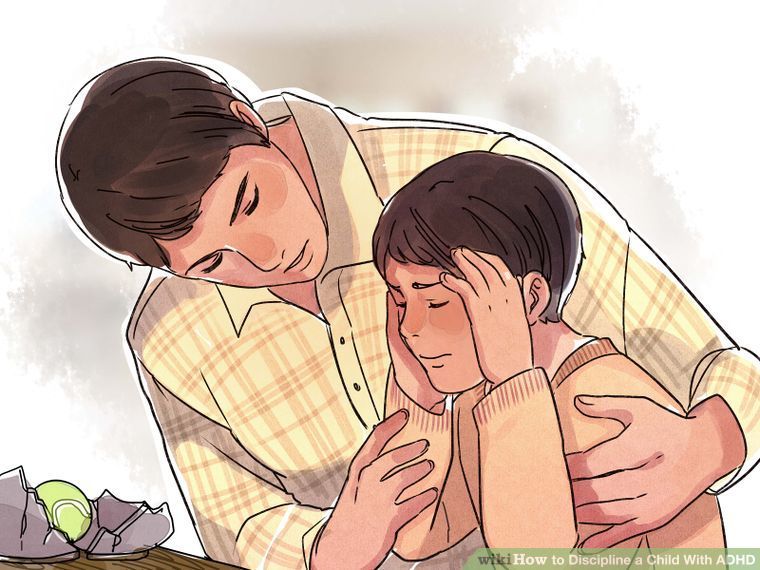How to develop drawing skills of a child
5 Ways to Boost Your Kid’s Drawing Skills at Home
Children are naturally bursting at the seams with creativity and ideas. Their unique perspective on the world isn’t yet overwhelmed by politics, finances, household responsibilities and caring for – well – kids. One of the first skills a child learns is to hold a pencil and press it to paper. Drawing could even be considered a fundamental part of their development! Developing drawing skills can nourish a child’s sense of expression, enhance motor skills, develop problem-solving abilities, and boost the imaginative thinking. The many benefits of art and drawing can prepare your child for school, for life, and for whatever future their imagination can dream up!
If you’re a parent looking for ways to help nurture your child’s drawing skills, here are 5 things you can do to help.
1. Enroll Your Child in An Online CourseDrawing classes for kids are a great way for parents to help their children explore art. While children develop basic motor skills with every line and scribble they leave behind (be it on paper or all over the walls), an online art course can help guide the process without being too overwhelming or overly critical. After all, art classes shouldn’t always be about correcting mistakes. Most kids can benefit from positive guidance and constructive experiences with art that leave them feeling inspired.
Online art classes for kids, like the ones on Sparketh, also offer your child a huge variety of options to choose from, so that your child can learn about drawing the things that interest him or her in a fun, constructive way. The balance of freedom and structure in online drawing classes can encourage your young artist and help them feel an ownership over their practice of art.
2. Work on Self-ConfidenceAn important, and simple, way that you can help boost a child’s drawing skills is by fostering self-confidence!
Especially if you have a younger child who is working on motor skills, you want to encourage as much exploration with a pencil in hand as you can. Simply drawing squiggles is a good motor practice activity for a young child, and pressing for too much, too fast, will lead to a frustrated kid (which doesn’t bode well for drawing or handwriting practice down the road.) Therefore, giving your young child lots of positive feedback on whatever artwork they create is a good habit for helping him or her continue to learn…So smile big and proudly hang that ambiguous doodle on the fridge!
Simply drawing squiggles is a good motor practice activity for a young child, and pressing for too much, too fast, will lead to a frustrated kid (which doesn’t bode well for drawing or handwriting practice down the road.) Therefore, giving your young child lots of positive feedback on whatever artwork they create is a good habit for helping him or her continue to learn…So smile big and proudly hang that ambiguous doodle on the fridge!
Another reason that you want to avoid over-correcting with art is that it tends to be an important means of emotional expression for kids. Often, children (and even teens) are experiencing feelings that they have no idea how to discuss. However, they can often let those feelings out through what they draw (this is a reason that art therapy is so popular for children.) It’s important to consider that a child’s work of art may mean something more to them than just lines on page, so always try to be encouraging. If you don’t understand what a picture is, simply ask your child to tell you more about it!
Regardless of what your child creates in a drawing class for kids, make it apparent that you are always proud and happy to see what he or she is working on!
3.
 Encourage Artistic Learning and Exploration
Encourage Artistic Learning and ExplorationWhile one of the great things about online drawing classes for kids is that it allows kids to learn how to draw things that interest them, another benefit of online art courses is that there are always lots of immediately-available opportunities to explore new things. Every once and awhile, encourage your child to try something new and different!
For example, if your child typically draws buildings and objects, look at some courses on drawing animals or people and encourage her to try one! If your child loves drawing faces, maybe he’d enjoy trying a whole new style of portraits, like Fauvism or Surrealism. There are ton of courses on Sparketh, which makes it easy to help your child branch out of his/her comfort zone (even if it involves baby steps!)
4. Engage in DialogueKeep up with what online art courses your kids are doing so that can you can talk about art with them! This is an easy and fun way to show your child that you are interested and supportive of their artistic learning.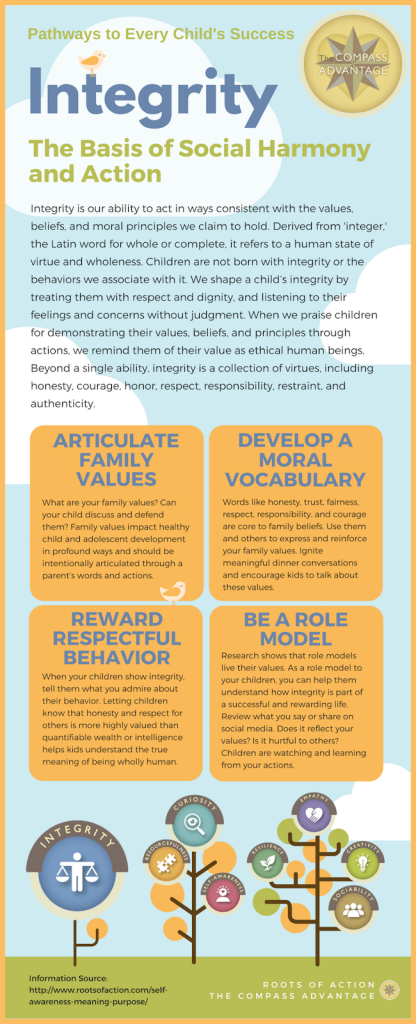
Engaging in dialogue about art can involve talking about art movements (like Fauvism or Surrealism, as mentioned above). However, it can also be as simple as asking kids about the art they are doing.
What are the elements of his/her drawing?
Are there shapes? Animals? Buildings? Why did your child choose that subject?
What colors or techniques were used? What stands out?
You can also say what you like about the drawing or what it makes you think of. And try asking open-ended questions to encourage your kids to talk more about their drawing! You don’t have to be an expert to engage in dialogue–you just have to be interested!
5. Make it FunMaking learning fun is always a good idea! The nice thing about drawing is that it’s naturally fun for most kids, so its easy to encourage that.
One way to make art fun is by putting lots of different media/materials (markers, crayons, colored pencils ect) on a table and encouraging your child just to create every once in awhile! If your child is interested in technology, it might also be fun for him or her to try out art tools that involve digital media, like: graphic design, tablet drawing etc. (and of course, online art classes, too!)
(and of course, online art classes, too!)
Making art time a consistent part of your child’s regular schedule can and should be a fun part of his/her routine!
Do you have a young artist at home? What are some things you’ve done to help support and/or boost your child’s drawing skills?
The Stages of Drawing Development in Children: 0-6 Years
- Share
Here is a brief overview of the fascinating stages of drawing in child development and why it’s important to encourage young children to draw.
Drawing is a natural process for all children. From infancy, children begin by experimenting with drawing tools and making marks on paper, and as they grow, these marks start taking on meaning.
Drawing ultimately becomes a child’s way of expressing their understanding of the world and all the things that are important to them.
Find out how children learn to draw and why it’s a crucial activity. There is also a breakdown of the stages of drawing development at various ages.
There is also a breakdown of the stages of drawing development at various ages.
During the early years, It’s important to focus on the process of creative drawing, and not on the product.
There is no need to formally teach children to draw. The best way to teach them is to give them exposure to materials and drawing tools and let them express themselves freely.
As they grow and mature, their drawings will become more detailed and reflect the world around them.
Avoid the temptation to provide models for children to copy and limit their exposure to colouring books. These only serve to take away natural creativity.
Why Drawing is ImportantThere are many benefits of drawing during the toddler and preschool years. It:
- builds a child’s fine motor skills
- develops hand-eye coordination
- develops creative expression through free drawing
- is the foundation of pre-writing skills
- builds a child’s attention span
- develops cognitive understanding of concepts
Tracing pictures or “teaching” a child to draw by following models are not natural, age-appropriate ways to develop creativity.
Here are the characteristics of the various developmental stages of children’s drawings. These are not set in stone as children develop at their own unique rates.
They will reach the milestones at their own pace, however, they all progress through the same stages, which are based on their level of understanding.
The characteristics are listed by age.
Watch the video below for a summary of each stage, or read on for a breakdown of the various ages.
P.S. Download your FREE set of printables at the end of the post. There are games that will help develop visual perception and fine motor control, both important in the development of drawing.
12 Months: Random Marks and ScribblesThe first stage of drawing is about exploring and developing motor coordination.
At around 15 to 18 months babies begin to develop uncontrolled scribbles that don’t represent anything.
Shapes
Babies begin by making random marks and soon begin to form:
- scribbles
- vertical and horizontal lines
- multiple line drawings
Understanding
For babies, drawing is really about learning cause and effect and their ability to make things happen.
It has little to do with creating and representing their world, and more to do with enjoying their movements and the effects of them.
Their scribbles enable them to learn about the properties of objects, materials and tools such as pencils, pens, paint, crayons and paper.
Grip
From around 15 months of age, toddlers are usually able to grasp crayons with their whole hand (called a palmar grasp).
2 Years: Controlled ScribblesThis stage is known as controlled scribbling.
It is characterized by spontaneous circular or to-and-fro scribbles and dots.
Similar scribbles can be found in all children’s drawings at this age and the shapes in them are necessary for developing drawing and writing skills later on.
Shapes
Toddlers begin to make drawings that include:
- horizontal and vertical lines
- multiple loops and spirals
- roughly drawn circles
- shapes that resemble letters T and V
Grip
Two-year-olds learn to hold a pencil well down the shaft towards the point, using their thumb and first two fingers (called a tripod grasp).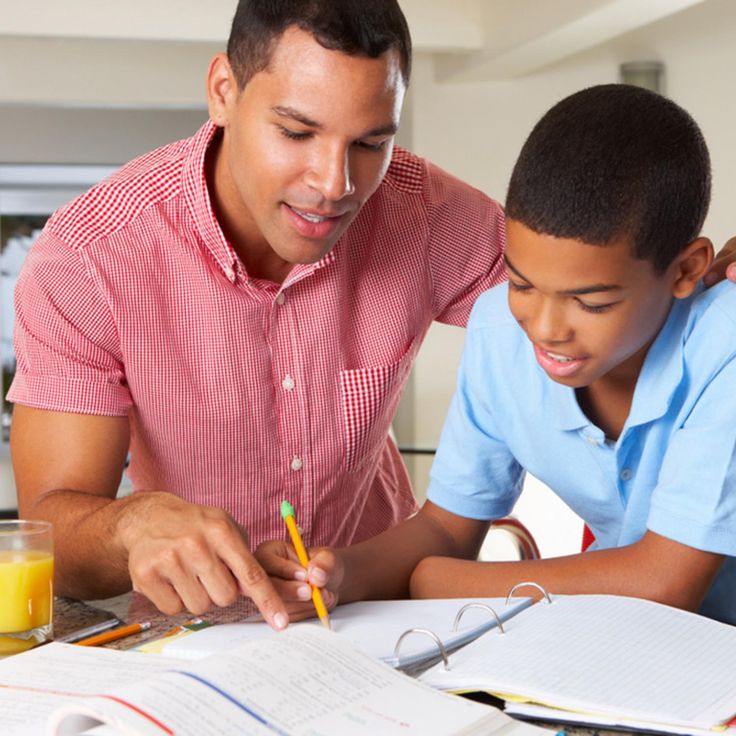
They will usually use their preferred hand.
Understanding
At this age, toddlers begin to discover the connection between the movements they make and the marks that form on the paper. They will begin to repeat movements on purpose.
By the end of this year, these drawings evolve into simple diagrams.
3 Years: Basic ShapesDuring this stage, children begin to use basic shapes in their drawings as their fine motor control and hand-eye coordination improve.
Shapes
Drawings at this age include the following shapes, combined in different ways:
- circles and squares
- crosses
- dots
- shapes that resemble letters T, V and H
Drawing of a person
The first drawing of a person usually emerges around 3 or 4 years of age.
These ‘tadpole’ people are drawn with just a head and usually legs directly attached to the head.
Grip
A 3-year-old holds a pencil near the tip, between the first two fingers and the thumb.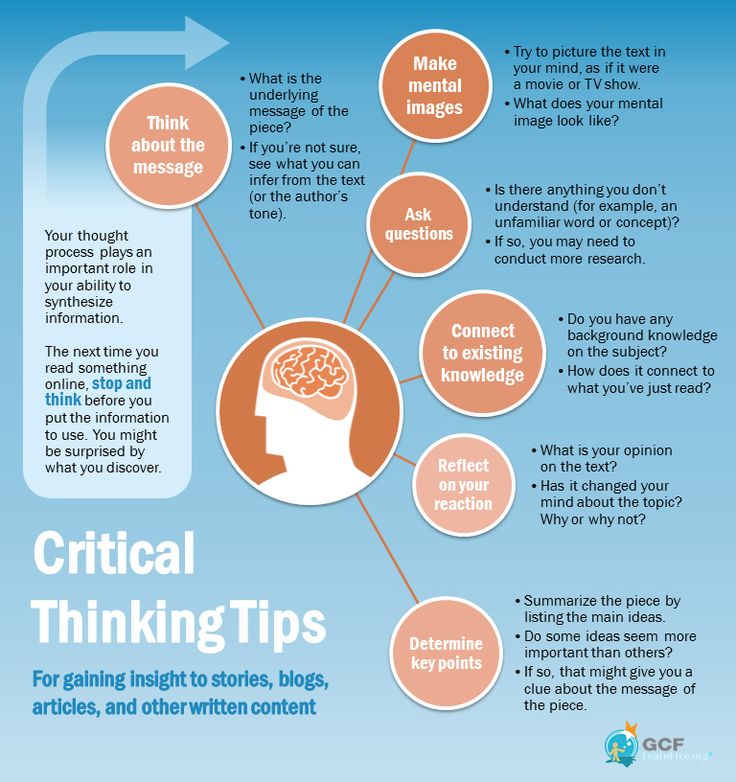
They use the preferred hand and hold the pencil with good control.
At this age, you can help your child develop a good tripod grasp by using triangular crayons.
Understanding
At this age, children are able to tell you what their scribbles represent, although you may not be able to see what they have described.
They usually name their picture while drawing it or after it is complete, but they do not start a drawing with a clear plan for what they will draw.
The use of colour at this stage is unrealistic and they often prefer to use only one colour.
4 Years: Patterns and ‘Tadpole’ PeopleBy 4 years of age, patterns start emerging in children’s drawings. A child will make a pattern and interpret it as a representation of something, giving it a label.
Shapes
Their drawings include:
- Squares, circles and rectangles
- Attempts at triangles and diamonds, although she may not be able to form them yet
- Crosses
- Letters (pretend writing)
Drawing of a person
A 4-year-old’s drawing of a person will progress from a head with legs to include details such as eyes – since eye contact is important to them.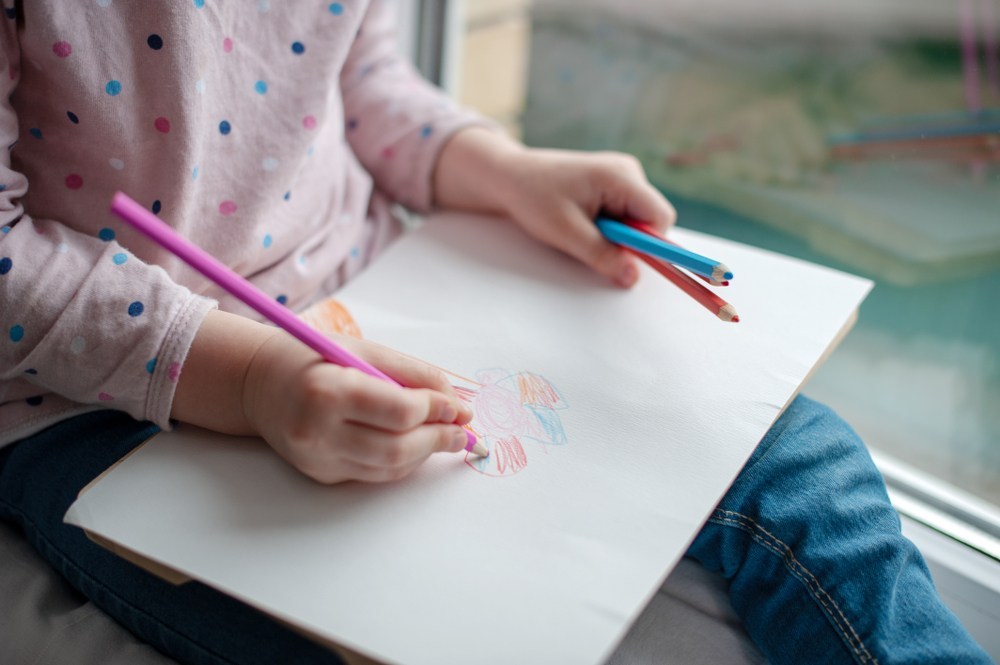
They draw not what they see, but what they know, and will add details as they become important to them.
Details such as arms, fingers and a trunk emerge.
Drawing other images
By 4-and-a-half they begin to combine two or more shapes or forms together to form basic images, such as a rectangle and a circle to form a hat. They often learn this from adults.
The first shapes children make consistently will usually form people, but later includes basic images such as a house or sun.
Grip
At this stage, they hold a pencil with good control, in an adult fashion.
Understanding
Drawing takes on more meaning and intention. Children usually decide what they are going to draw before they begin.
They deliberately try to combine shapes and lines together and their pictures start to look like the images they describe.
5 Years: Pictures and Portraits5-year-olds begin to show much creativity in their drawings.
Shapes
Their drawings will include:
- Basic shapes
- Triangles and diamonds
- Spontaneous letters (to imitate writing)
Drawing of a person
A portrait of a person emerges, with many details such as hair, hands and fingers, feet and a body.
Drawing other images
They draw images such as animals, houses, vehicles, trees, plants, flowers and rainbows.
They are able to include details – such as drawing a house with a door, windows, roof and chimney.
Grip
By 5 years of age, children should have developed good control when holding a pencil, crayon or paintbrush.
Understanding
Children will now draw spontaneously and begin to show their own background, interests and experiences in their drawings. They draw what they know.
Their representation of people, animals and houses changes constantly.
They will also name their picture before beginning.
They can colour within the lines but their use of colour may still be unrealistic.
At this point, people and objects may still be floating in the air as children are still developing spatial perception.
They usually place themself in the middle of a drawing due to their egocentric nature (seeing themselves as the centre of the world).
6 Years: Drawings Represent Interests and ExperienceBy 6 or 7 years, children have their own style of drawing, which can usually be recognized by adults.
Shapes
By the time they are 7, they will be able to form good circles, squares, rectangles, triangles and diamonds in his drawings.
Drawing of a person
A child usually settles on a certain representation of a person at this age and tends to draw them all with the same basic shape.
For example, they will draw the whole family with the same body outline but will make the members of the family different sizes and show gender with hair and clothes.
Drawing other images
Drawings represent all kinds of animals and things, usually those that interest them the most.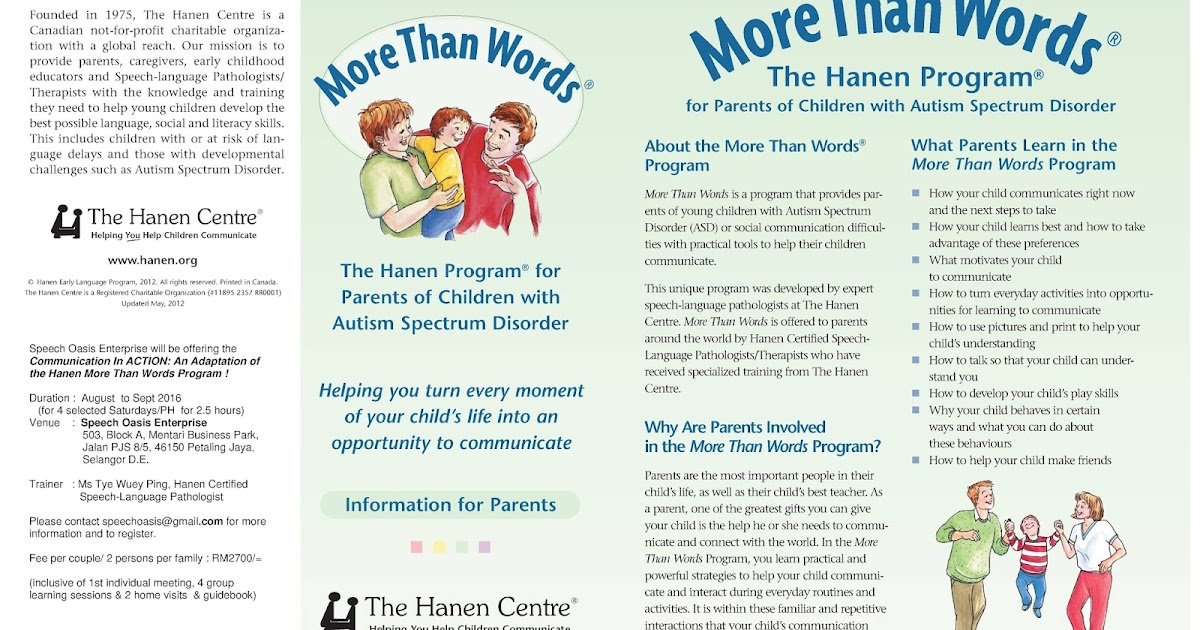
They tend to draw animals with human-like faces.
Understanding
At this stage, children show their higher level of cognition by drawing people, animals and objects on a baseline, such as on the ground or grass.
They also show perception by drawing, for example, trees higher than the house or flowers that are small.
This drawing shows a child’s greater understanding of depth and distance.
The way they see the world comes through their drawings. They leave out unimportant things and enlarge things that are important to them.
They may draw a small door on a house, just big enough for themselves, or very high windows, since they cannot reach them.
They can also show movement in their drawings by portraying objects that are flying or drawing the legs of an animal wider apart if running.
Their use of colour becomes quite realistic.
I hope you’ve enjoyed reading about the stages of drawing development in young children and are inspired to encourage your children to do lots of free drawing and creative expression.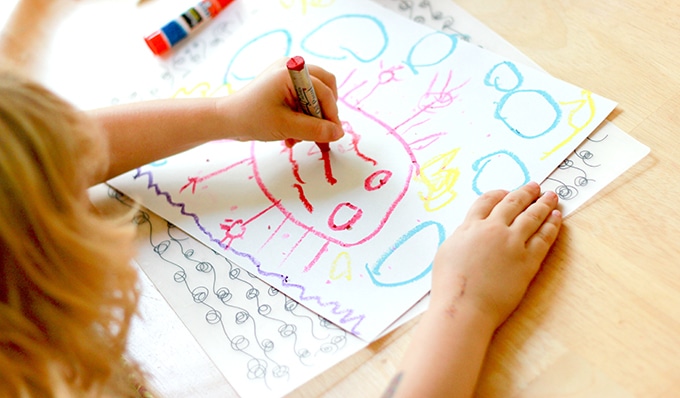
Sources:
Hendrick, H. 1990. Total Learning: Developmental Curriculum for the Young Child. Third Edition. Macmillan Publishing Company: New York.
Pieterse, M. 2007. Language and School Readiness. Metz Press: Welgemoed.
Natanson, J. 1998. Learning Through Play: A parent’s guide to the first five years. Tafelberg Publishers Limited: Cape Town.
Fisher, B. 1991. Joyful Learning: A Whole Language Kindergarten. Heinemann: New Hampshire.
Get FREE access to Printable Puzzles, Stories, Activity Packs and more!
Join Empowered Parents + and you’ll receive a downloadable set of printable puzzles, games and short stories, as well as the Learning Through Play Activity Pack which includes an entire year of activities for 3 to 6-year-olds.
Access is free forever.
Signing up for a free Grow account is fast and easy and will allow you to bookmark articles to read later, on this website as well as many websites worldwide that use Grow.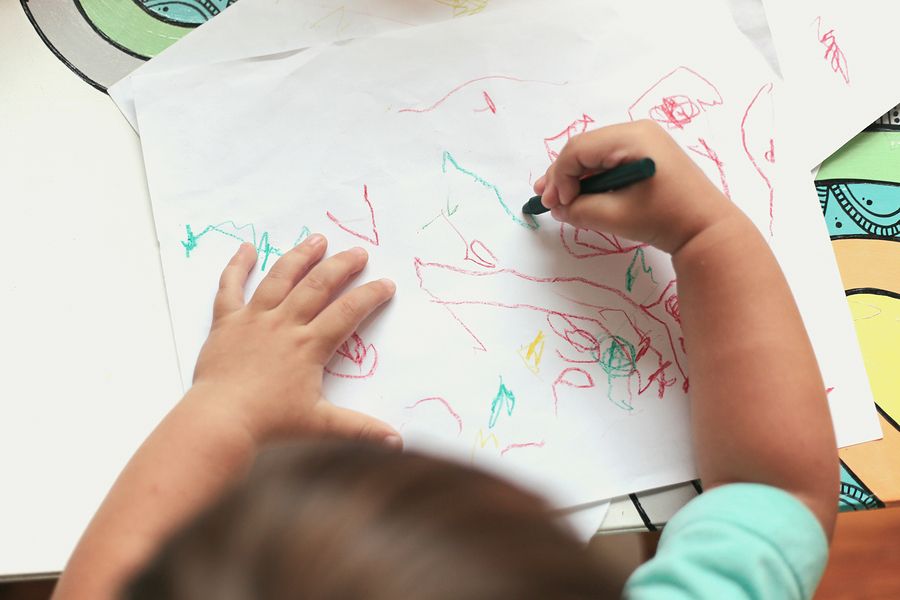
- Share
How to develop drawing skills in a child
Login
Register
Products
Subscribe to newsletter
Subscribe to our online store newsletter to be the first to receive news about new products and discounts
Home / Useful materials / How to develop drawing skills in a child
Does your child show a keen interest in drawing? We've put together a few tips to help develop your toddler's artistic skills while keeping them interested in the fine arts in the future. The first attempts to show their "I" through drawing in many children are noted at an early preschool age, and parents already during this period should think about how to stimulate the interest of the future artist in such activities.
The very first lessons
Many children make their first attempts to create an artistic masterpiece very early - at 12-18 months. At this age, you can put soft pencils, felt-tip pens or a regular ballpoint pen into your baby's pen. As soon as the child sees with his own eyes that he is able to create, thanks to simple manipulations, interest in classes will increase markedly.
At this age, you can put soft pencils, felt-tip pens or a regular ballpoint pen into your baby's pen. As soon as the child sees with his own eyes that he is able to create, thanks to simple manipulations, interest in classes will increase markedly.
We recommend starting with the simplest coloring pages. For drawing at this age, it is better to use ordinary ballpoint pens or bright odorless felt-tip pens (it is advisable to use water ones, since the stains from them are easily washed off). Another method is drawing by dots, but his baby should be offered later, after about 1.5-2 years. Starting from 4-5 years old, you can switch to drawing by numbers. Always go from simple to complex. Art classes should not tire or annoy the child.
Remember: very young children should draw only under the supervision of their parents!
Drawing classes at preschool age
Approximately at 3-3.5 years old, a young artist moves from scribbles and squiggles to attempts to draw objects that look like real ones (people, animals, trees, the sun, etc. ) All classes in At this age, they should have an exceptionally light game character. As often as possible, invite your child to draw their favorite fairy-tale characters, the landscape outside the window, mom or dad (albeit very schematically). Early attempts to draw yourself are very important. As a rule, the first self-portraits are carefully kept in family folders for many decades.
) All classes in At this age, they should have an exceptionally light game character. As often as possible, invite your child to draw their favorite fairy-tale characters, the landscape outside the window, mom or dad (albeit very schematically). Early attempts to draw yourself are very important. As a rule, the first self-portraits are carefully kept in family folders for many decades.
Focus on bright and comfortable stationery
In order to enjoy drawing, make sure you buy the right stationery. A bright sketchbook with the image of your favorite cartoon character on the cover is a great incentive to sit down at the table and pick up pencils, felt-tip pens or paints. Be sure to ensure that the child always holds the markers or brush correctly. Overexertion of a child's hand is unacceptable.
By the way, artistic talents can be developed not only through drawing alone. Already at 3-4 years old, a child can buy various sets for creativity and hobbies. Plasticine, artistic clay, and appliqué kits are very “good” in this respect. In order to develop in the child not only creativity, but also accuracy, we advise you to buy a beautiful apron for drawing.
Plasticine, artistic clay, and appliqué kits are very “good” in this respect. In order to develop in the child not only creativity, but also accuracy, we advise you to buy a beautiful apron for drawing.
Back to the list of useful materials
Subscribe to newsletter
Subscribe to our online store newsletter to be the first to receive news about new products and discounts
7 ways of drawing for children will help improve Creative Skills
Child development is the most important part of any parent's life, and the parent leaves nothing behind when it comes down to it. Similarly. Creative skills are an important aspect of every child's behavior and cognitive development. Here's how drawing for kids can impact the development of their creative skills and learning abilities.
One of the first things a child learns is to read, write and draw. These are the foundations of the child's behavior, his ability to learn and gain confidence in life. We believe that drawing for kids is one of the most important aspects to improve a child's creativity and learning abilities to gain confidence and hone their skills.
We believe that drawing for kids is one of the most important aspects to improve a child's creativity and learning abilities to gain confidence and hone their skills.
From gaining confidence to being more expressive, here are a few ways drawing for kids can help nurture their inner talent as well as develop the skills to grow them.
1. This makes them more expressive.
When words are not enough to fully express yourself and your emotions, drawings or paintings help express your innermost thoughts. Sometimes you get overwhelmed by your feelings and some people find it difficult to express their emotions. Drawings are known to help you feel at ease expressing what's on your mind. Drawing for kids is a great form of communication and you can really get to know what's on their mind by gaining insight.
2. Improves motor skills.
With such good hand-eye coordination, it is very important that children learn at an early age to develop their motor skills, and drawing definitely helps with this.
3. Improves Imagination
When you draw on a blank sheet of paper, your imagination can run wild and help teach children to dream big.
4. Think outside the box
When you paint, you think outside the box and you have the freedom to be unique with your ideas and imagination. Teaching children at an early age and forcing them to think outside the box gives them a unique perspective on life, and the results are always rewarding.
5. Learn to organize
By drawing, you also learn to organize your thoughts and set the course for a plan of action. This gives them the opportunity to navigate their thoughts, make a plan and execute it, which will further help them develop team building skills in group projects.
6. Gets rid of negative thoughts.
Drawing is known to help overcome stress, anxiety or depression.






